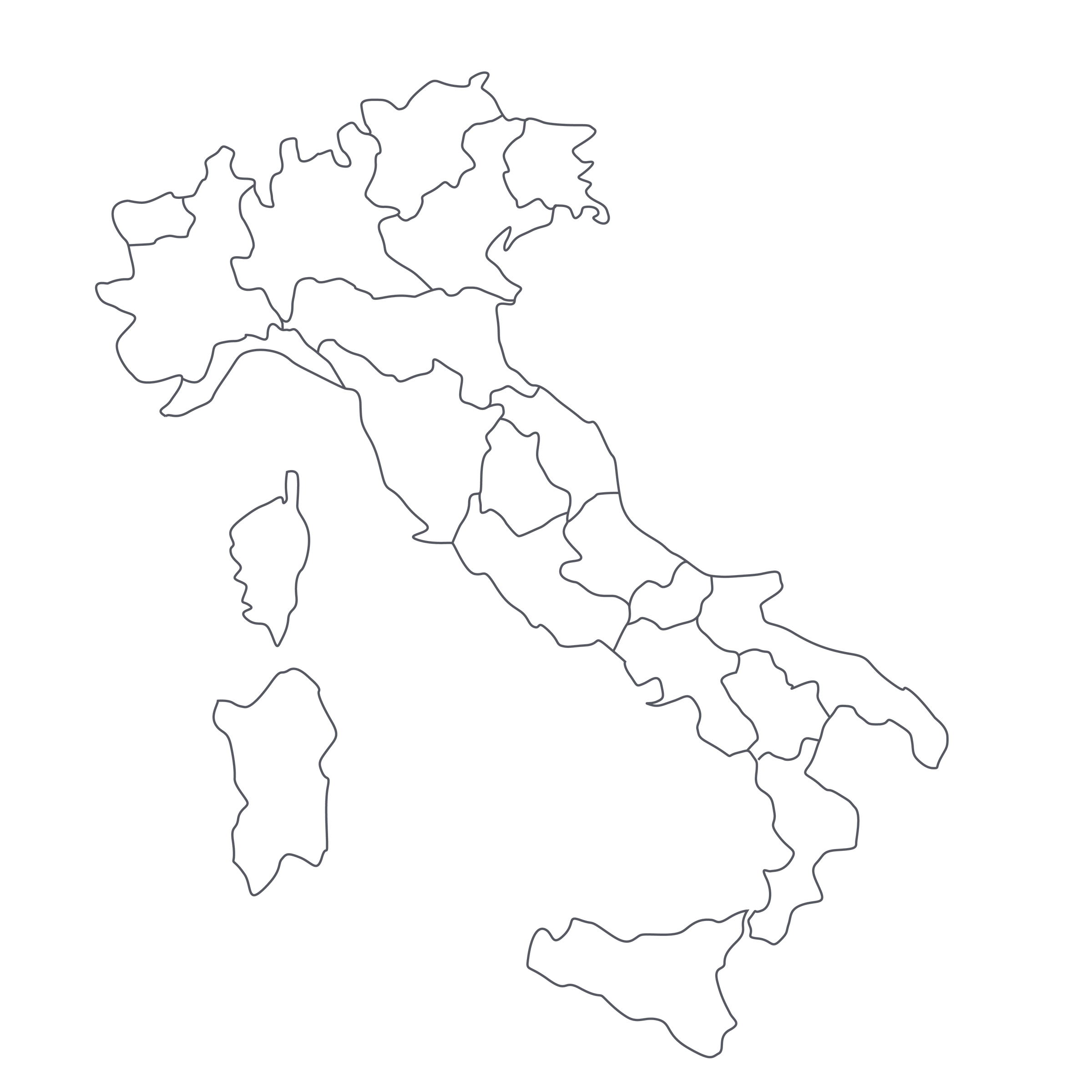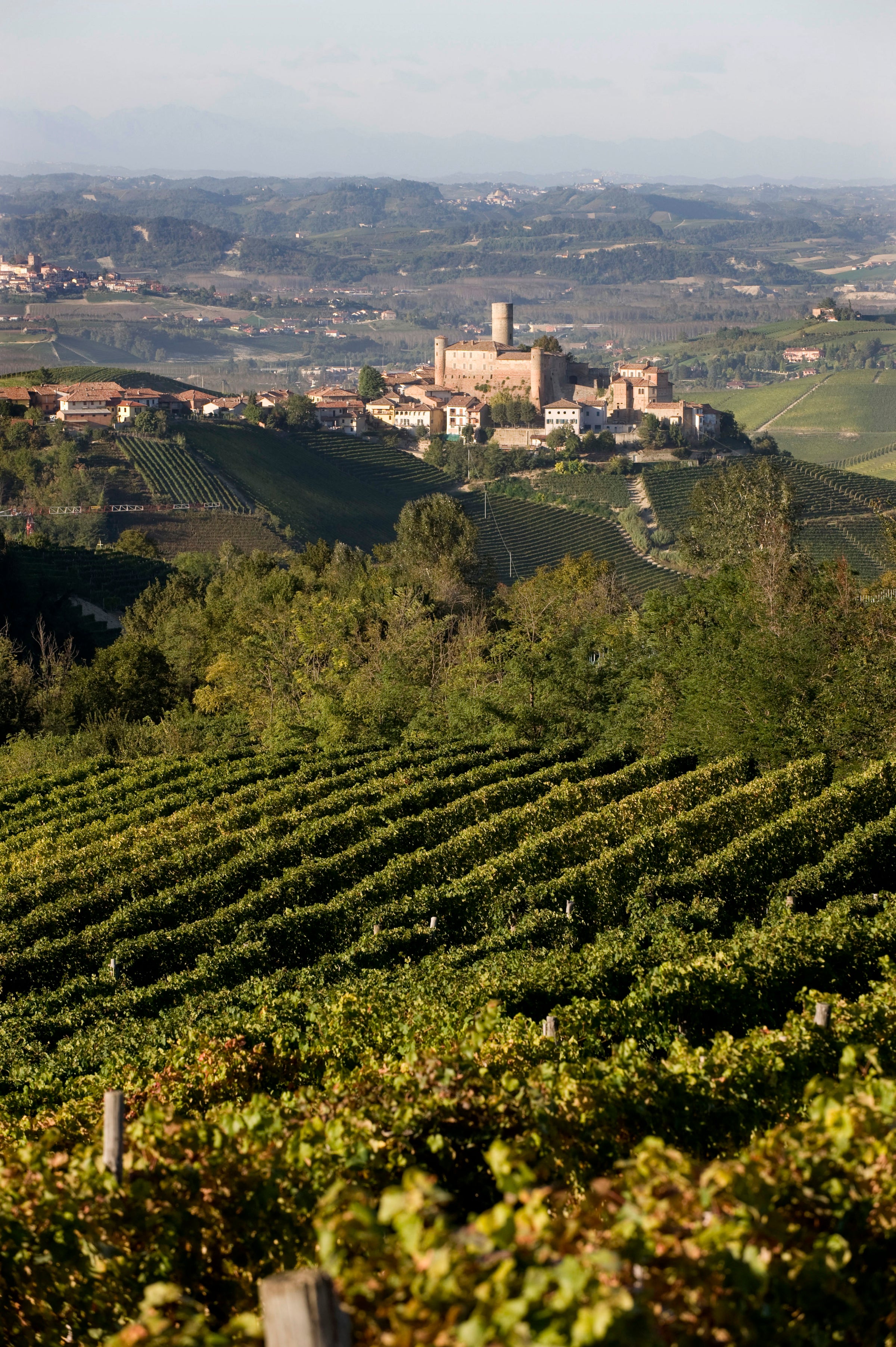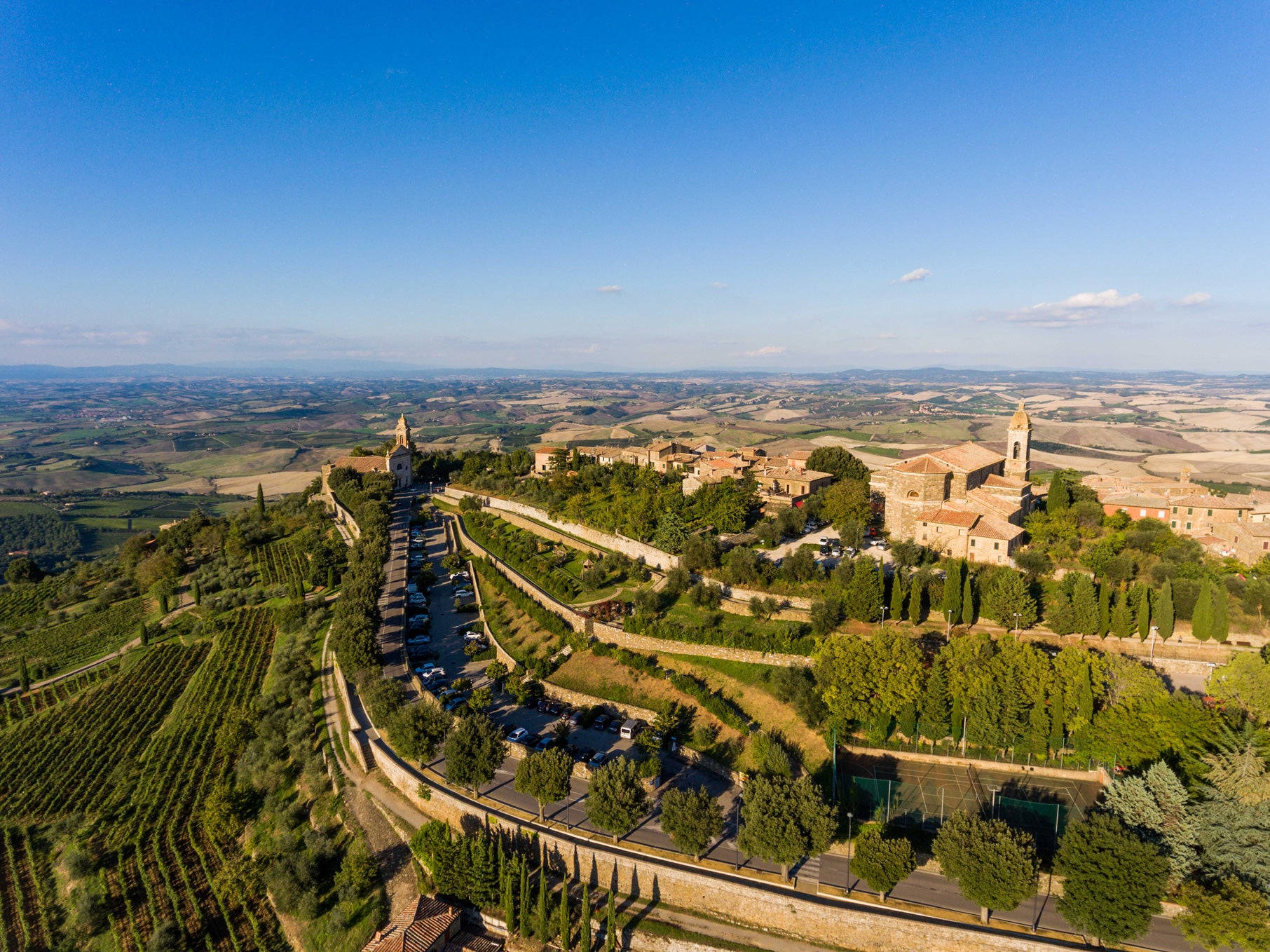As I’ve said before, the SommSelect tasting table is a pretty terrifying gauntlet for Italian white wines. On any given day, a wine like today’s Roero Arneis will be evaluated alongside heavy hitters from Burgundy, Austria, Germany, you name it. Historically, such side-by-side comparisons rarely work out well for Italian whites, but at one of our recent tastings, Cascina Val del Prete’s “Luèt” broke through in a big way.
This shouldn’t come as any surprise, given some of the elite Piedmontese producers who’ve championed the Arneis variety—Vietti, Bruno Giacosa, Ceretto—but if you’re still skipping past the likes of “Luèt” en route to yet another bottle of Chardonnay or Sauvignon Blanc, you’re really missing out. This specialty of the Roero DOCG, just north of Barolo, already has more name recognition than most indigenous Italian whites, but taste this 2019 and Arneis will be imprinted in your taste memory permanently. Organically farmed and thrumming with energy, it will remind you of an assortment of more-familiar varieties while also expanding your white wine vocabulary. None of us could identify it in a blind tasting, other than to dub it an excellent and genuinely serious white wine, whatever it was. That's the only judgement that really matters in my book!
It should also be noted that the Roero DOCG is one of the most tragically overlooked appellations in northern Italy. The region is just north of the Barolo wine zone, with a similarly hilly landscape and soil composition, although the Roero soils are sandier overall. Roero’s reds from Nebbiolo are legitimate rivals to those of Barolo/Barbaresco, and in the past, Arneis was mostly valued for attracting birds that might otherwise have eaten the Nebbiolo. Arneis is one of the rare wine grapes that is also a pleasing table grape, producing lots of sweet juice, but that feature is also a bug if it’s not handled correctly. As author Ian d’Agata notes in his indispensable “Native Wine Grapes of Italy,” Arneis needs to be picked at exactly the right moment or its acidity drops dramatically. It’s an aromatic variety, with some exotic leanings, so when the acidity isn’t there it can feel flabby and sweet. It’s tempting to compare it to Viognier—although the two varieties could never be mistaken for the other, it’s interesting that the Roero appellation laws used to allow for a trace amount of Arneis to be blended with Nebbiolo to point up the red wines, à la Côte-Rôtie in the Rhône.
All that said, flabby Viognier is about the furthest thing from my mind when tasting the 2019 “Luèt,” which is racy and mineral and aromatically complex all at once. It’s an electric Arneis, easily one of the best I’ve ever tasted, from one of the Roero’s great small-scale organic farms. Cascina Val del Prete (the name means “valley of the priest,” referring to a 19th century bishop from Asti who lived on the property while in exile) is in the village of Priocca d’Alba, about 30 kilometers northeast of Barolo, with about 9 hectares of vineyards in two of the town’s key “cru” vineyards—“Madonna delle Grazie” and “Cascinotto.” The 1.5-hectare vineyard that supplies “Luèt” has an amphitheater shape, with expositions ranging from east to south to west, and soils a little richer in limestone marl than much of the rest of Roero. Proprietor Mario Roagna and family have embraced organic agriculture and it is clear to see in the wine—there’s a palpable energy that many of these wines lack.
This 2019 Luèt (meaning “little wolf” in dialect) was fermented in stainless steel, with a portion of the must left in contact with the skins for a few days, after which it aged on its lees (spent yeast cells) in tank and then in bottle for about five months before its initial release. In the glass, it’s a pale straw-gold moving to a silvery rim, with bright aromas of white peach, chamomile, green pear, wildflower honey, and chopped raw hazelnuts. Medium-bodied and full of freshness and nerve, it’s a perfect white to drink now and over the next year or so with sushi and crudo, first-course salads, or as an apéritif. Simply pull the cork about 15 minutes before serving in all-purpose stems and pair it with a ceviche loaded with aromatic herbs and lime juice. They’ll make beautiful music together. Enjoy!




